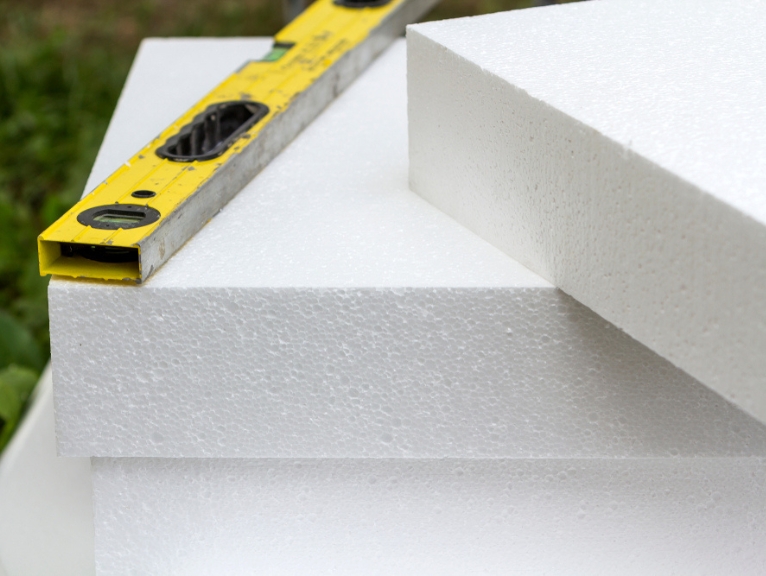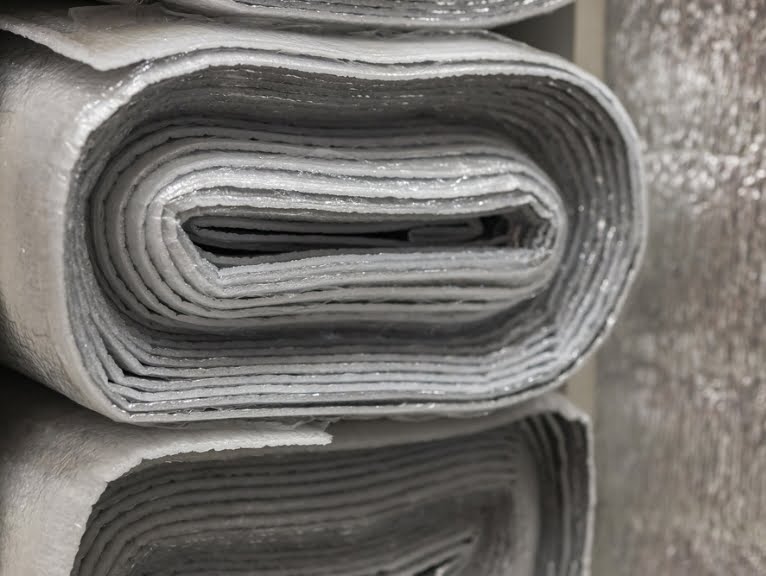Shipping containers have become more than just a means for transporting goods across the globe. In the last few decades, they’ve been repurposed for a variety of uses, from creating modern minimalist homes to setting up efficient office spaces, as well as continued use throughout the construction industry.
However, a crucial aspect that’s often overlooked when utilising these versatile structures is insulation. Whether you’re planning to turn your container into a cosy living space, boutique shop, or a secure storage space for tools and goods, insulation is key.
But there’s an issue that many shipping container owners face – cold weather. When temperatures drop, uninsulated shipping containers can become uncomfortably chilly, even inhospitable. Equipment or tools stored inside can be damaged by cold, quickly rendering the container unusable.
So, our aim is to give some tips on how to insulate your shipping container effectively against the cold. We’ll provide practical advice and step-by-step help to ensure that your container remains comfortable and safe, no matter the weather outside.
Why Insulation is Crucial for Your Shipping Container
As we’ve mentioned, cold weather can wreak havoc on shipping containers. The metal walls of these structures are excellent conductors of heat, meaning they easily transfer cold from the outside to the inside. This can result in significant drops in interior temperature, making it uncomfortable for habitation. If you’re using the container as a workspace, this could mean a significant drop in productivity. For equipment or tool storage, cold temperatures can lead to condensation, which can damage machinery and other items stored inside.
Condensation Build-up
The fluctuation in temperatures caused by changing seasons or day-night cycles can lead to condensation build-up. This not only exacerbates the cold but can also cause mould and mildew, leading to potential health issues and further damage to stored items.
Insulation provides a solution to these problems. It acts as a barrier, reducing heat transfer and helping to maintain a stable interior temperature. This makes your shipping container more comfortable for living or working and safer for storing items. Insulation also helps to prevent condensation, protecting your container from dampness, mould and mildew.
There are several methods for insulating your shipping container, each with its own benefits and considerations. Let’s explore these methods to help you choose the best insulation solution for your specific needs.
Methods of Insulation for Shipping Containers
When it comes to insulating your shipping container, you have several options, each with its own set of advantages and drawbacks. Here are some common types of insulation materials that are suitable for shipping containers:
Spray Foam Insulation
This type of insulation is applied using a spray gun, which allows it to expand and fill the nooks and crannies of the container, providing an excellent thermal barrier. Spray foam also helps prevent condensation because it forms a seamless vapour barrier. However, it can be more expensive than other options and requires professional installation.
Blanket Insulation
Also known as batt or roll insulation, this is made from fibreglass, mineral wool, plastic fibres, or natural fibres like cotton and sheep’s wool. It’s relatively inexpensive and easy to install, but it doesn’t provide as much protection against condensation as spray foam.
Rigid Board Insulation
Made from materials like polyurethane foam or polystyrene, rigid board insulation offers high insulating value for relatively little thickness. It’s also resistant to moisture. However, it may not conform to irregular surfaces as well as spray foam, potentially leaving gaps where cold air can seep in.
Reflective Insulation
This type of insulation reflects radiant heat, making it particularly useful in hot climates. In colder climates, it’s often used in conjunction with another insulation type. Its main drawback is that it provides minimal insulation against conducted cold, which is a primary concern in cold weather.
Insulated Panels
These are pre-fabricated panels that combine rigid insulation and a protective covering. They’re straightforward to install and offer good insulation, but they can be more costly than other options.
As you can see, there’s no one-size-fits-all solution when it comes to insulating your shipping container. Your choice will depend on your specific needs, your budget, and your local climate.

A Step-By-Step Guide on How to Insulate Your Shipping Container
Insulating your shipping container doesn’t have to be a daunting task. Here’s a step-by-step guide to help you through the process:
Step 1: Choose the Right Insulation Material
Based on the pros and cons we discussed above, choose the insulation material that suits your needs, budget, and climate conditions.
Step 2: Measure and Cut
Measure your shipping container’s interior dimensions accurately. Based on these measurements, cut your insulation material to fit. Remember, it’s better to slightly overestimate and trim down later than to underestimate.
Step 3: Install the Insulation
For spray foam, you’ll need a professional to apply it. For blanket, rigid board, or insulated panel insulation, fit the cut pieces into the walls, ceiling, and floor of the container. For reflective insulation, attach it to the inner surface of the container using adhesive, ensuring the reflective side faces the interior of the container.
Step 4: Secure the Insulation
Depending on the type of insulation, you may need to secure it with adhesive, screws, or other fasteners.
Step 5: Cover the Insulation
Install an interior wall to protect the insulation. This could be plywood, drywall, or another material of your choice.
Step 6: Check for Gaps
Inspect the installation for any gaps or areas where cold air might get in. If you find any, seal them with additional insulation or caulking.
Take the Next Step with Philspace
We provide a wide range of shipping container solutions that can accommodate various needs. Our used sale shipping containers, once insulated, are perfect for office spaces or creative projects. Or, consider our Solo Welfare Range or Secure Storage Containers for more specific uses. If you’re seeking a more specific solution, then reach out to us – our customer service team is always happy to help you.






